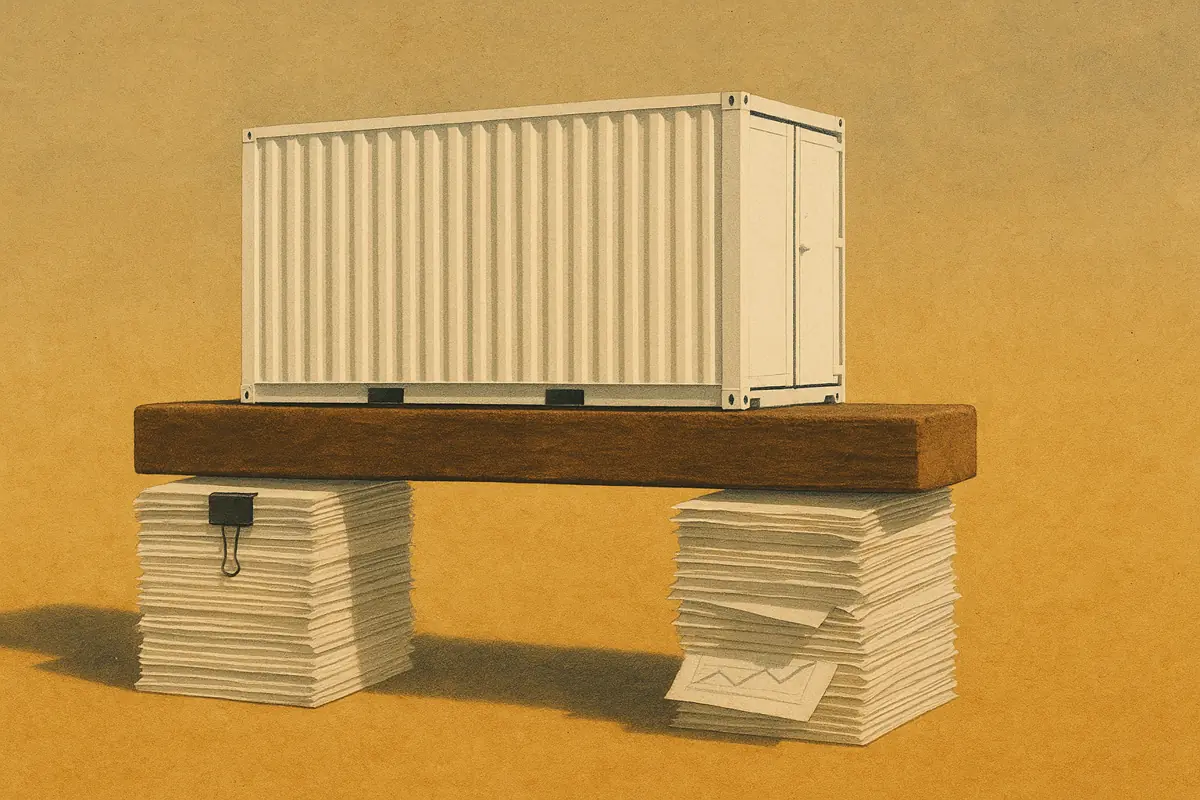Augmentation is the action of making something greater in size. For battery energy storage systems, this means increasing the battery's energy capacity. This could be repowering a system following degradation or a commercial decision to increase the project’s duration. Doubling a battery’s energy capacity via duration could boost revenues by 37% today but up to 88% over its lifetime.
This article will explain what it means to augment a battery, how batteries can be augmented, and why augmentation is becoming increasingly significant.
Augmentation simply means more
As mentioned, augmentation is the process of increasing a battery's energy capacity. This could be to restore it to its original capacity following a reduction due to degradation or to increase it beyond its original capacity. In both cases, decisions to augment a battery are made to improve its revenue-generating potential.
After augmentation, a battery could have:
- A higher energy capacity but the same rated power. This would increase the duration of the unit.
- A higher energy capacity, a higher rated power, and a higher duration.
There are many ways to augment a battery
Battery augmentation may involve one or more of the following:
- Replacing the existing battery modules: essentially, swapping old battery cells with new ones.
- Adding more battery modules: increasing energy capacity by adding more cells by installing additional battery packs.
- Upgrading battery packs: replacing whole battery packs with better performing or cheaper technology, either lithium-ion or new chemistries such as sodium-ion.
- Upgrading power conversion systems: Augmenting a battery site can go beyond replacing or upgrading the battery cells. Inverters are an important part of battery energy storage systems, but these can degrade over time. Replacing an old inverter can improve total system efficiency.
AC augmentation vs DC augmentation
There are two types of battery augmentation in terms of connection: Alternating Current (AC) and Direct Current (DC). Batteries operate in DC. On-site power conversion systems (PCS), such as inverters, convert the electricity from batteries to AC and ensure compatibility with the grid.
AC augmentation connects new batteries after the existing inverter (the AC side of the system). This means the new batteries require additional inverters and control systems. The existing system remains unchanged. The benefit of AC augmentation is that it is highly modular, flexible, and ideal for retrofitting existing installations without significant downtime. However, the additional power conversion equipment can make this method more costly and would require more space.
DC augmentation adds new batteries directly to the DC side, before the inverter. Therefore, utilizing existing inverters and control systems. This method is more cost-effective and space-saving. However, it may require system downtime during installation and is limited by the capacity of existing inverters. Moreover, the new batteries must be compatible with the existing system. This means DC augmentation is best suited for sites built with augmentation in mind.
The decision on which method to choose will depend on technical and commercial factors.
Augmentation leads to higher revenues
A higher energy capacity means greater revenue generation potential. Following the saturation of frequency response services, batteries have moved to higher-energy, higher-cycling services such as wholesale trading and the Balancing Mechanism. From January to August 2024, two-hour systems earned 37% higher revenues than one-hour systems.

This means augmentation can be beneficial for batteries with lower durations. Upgrading a 30-minute battery to a one-hour battery or a one-hour battery to a two-hour battery can unlock greater potential revenues.
Augmentation also helps to manage degradation (also known as repowering). Battery energy storage systems can lose up to 5% of their available energy capacity through degradation within the first year of operation and 40% after 15 years.
Degradation is mainly linked to cycling. The transition to higher energy services means batteries are cycling more, causing them to degrade more quickly. Augmenting a battery can help to negate the risk of losing revenues through degradation.

Reduced energy capacity due to degradation can also be a problem for long-term contracts in the Capacity Market. Batteries need to demonstrate via Extended Performance Tests that they can perform at the required capacity for up to 15 years - or otherwise risk the termination of their contract.
A key input into the decision to augment a battery is the cost of the process - and whether the increase in revenue will outweigh this.
The cost of augmentation is going down
The cost of battery cells has fallen to record lows in the past year. It is expected to continue reducing, meaning the greater revenue potential will increasingly outweigh the cost of augmentation.

Augmentation or re-powering decisions need to be weighed up against predicted reductions in costs - and revenue. In this example, a battery could regain 44% of its original capacity at less than half the cost today. However, energy capacity degrading to 56% may outweigh this saving. It may be more beneficial to repower earlier.
Batteries are already being augmented
So far, in 2024, total battery capacity in Great Britain has increased by at least 113 MWh due to the augmentation of existing batteries. This capacity came from three Gresham House batteries in Q2 2024, with another 220 MWh planned by the end of the year.

The sites receiving augmentation range from Nevendon, which began commercial operations in 2017, to Melksham, which is not yet commercially operational. Augmenting these systems will increase the average duration of these batteries from one hour to two hours.
With cell costs reducing, revenue strategies changing, and batteries aging, we expect to see battery augmentation become much more common - either for repowering a site or extending duration due to commercial decisions.







